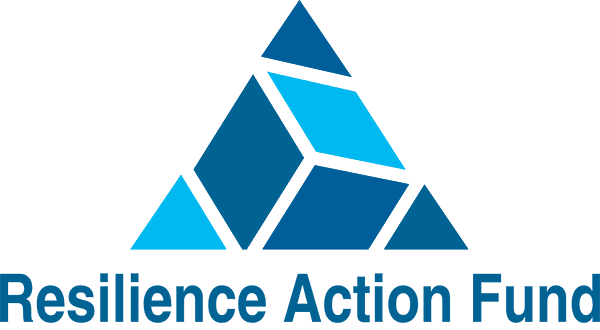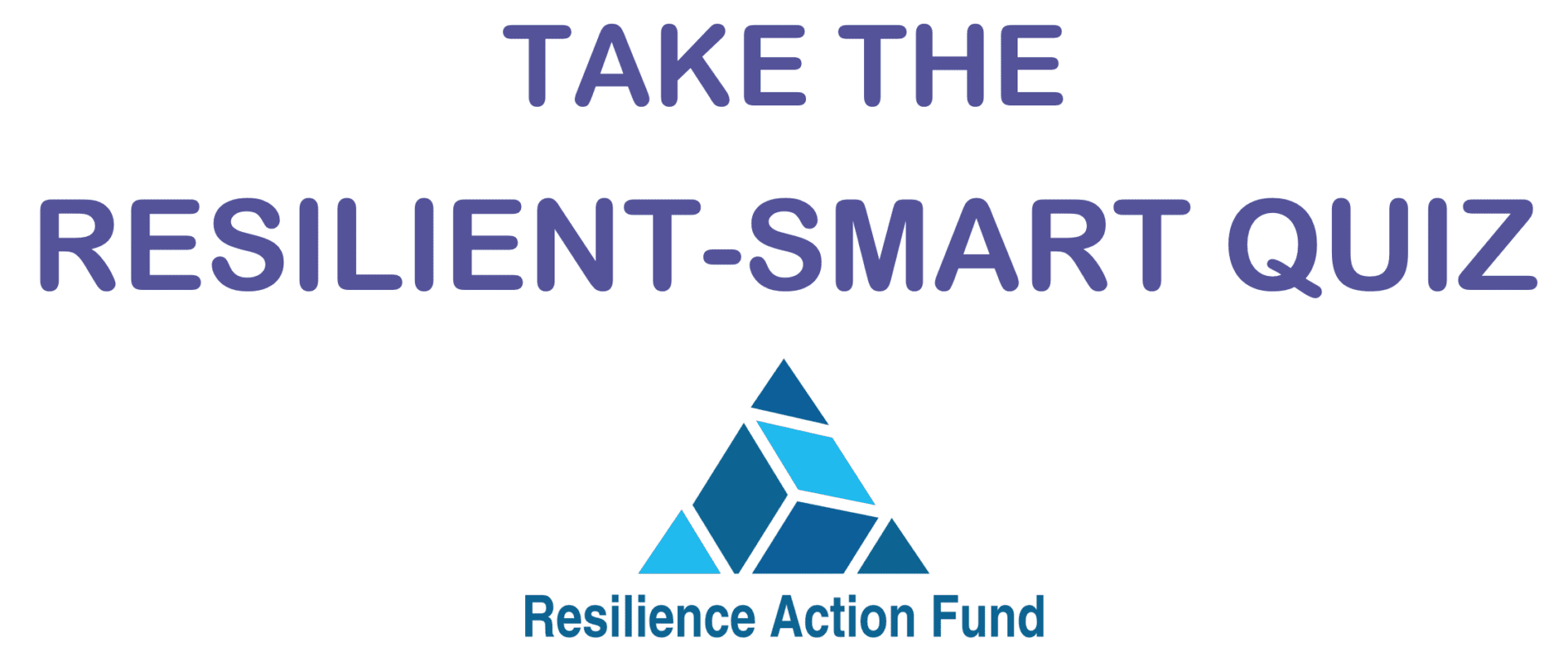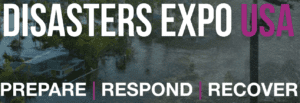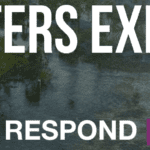Why be Resilient-Smart?
Benefits of choosing a resilient home ahead of one that’s bigger, prettier, ‘greener’, or filled with cosmetics:
- More safety of your family
- Better protection of your investment
- Less chance of losing your home and having to move
- Lower damage repair and maintenance costs
- Preserving your valued possessions, many of which are irreplaceable
- Less need to make costly, inconvenient and often risky (in a COVID world) evacuations, when hazards strike
- More peace of mind and its beneficial effect on stress and general health
- Greater ability to attend to and focus on your work
Are you prioritizing Resilience Substance above Home Cosmetics?
Its normal to want both, but substance should come first
Substance
Elevation above sea level (beware of anything less than 15ft)
Wind rating (in hurricane/tornado-prone areas beware of anything below 140mph)
Standby generator (important to have one, and not the portable type)
Distance from major quake fault line (beware of any location less than a mile away)
Filled or original land (filled land can become a jello-like liquid in a quake)
Earthquake retrofitted (look for cross-bracing & strong roof-wall-foundation connections)
Elevation above local river/stream (beware of anything less than 15ft)
Distance from major forest (beware of sites less than a mile away)
Location away from bottom of valley (water drains away from gentle hillsides and builds-up at the bottom)
Combustible construction (beware of materials that easily catch fire and burn)
Former wetlands location (former wetlands are more likely to flood in future)
Tornado shelter (important to have if you’re in a tornado-prone area)
Cosmetics
House size difference <15% (better to be in a smaller house than a weaker one)
House age (new homes are built to current codes, but many pre-60’s can be stronger)
Renovated Kitchen (better a stronger house than a pretty kitchen)
Renovated Bathroom (better a stronger house than a pretty bathroom)
Pretty-looking exterior (pretty won’t mean anything in a pile of debris)
Big closets (better a stronger home)
Solar panel (nice when it’s added to a strong home, otherwise risks becoming solar debris)
Pretty view (view of post-damage debris won’t be pretty)
House filled will all sorts of ‘smart’ electronics (won’t be so smart when its in a rubble pile)
THINK BACK ON YOUR QUIZ ANSWERS
A Resilient Home is one in a less vulnerable location and built to withstand the maximum hazard levels for the area. The more vulnerable the location, the more costly the construction needed to make it resilient. If it’s not built resiliently today, that’s the money someone will have to spend in the future. Consider this when valuing a house.
Resilience = Location + Construction
Five Myths of Home Resilience:
- Just because a house is built to code and has an occupancy permit, doesn’t mean its resilient. Codes are typically bare minimums, set to allow you enough time to escape, not to save your property. In what part of your life do you accept the bare minimum? Education, nutrition, health, attire? Why accept it for your most important investment and where you safeguard your family and possessions?
- Just because you can and do buy home insurance, doesn’t mean its resilient. Like buying health insurance doesn’t make one healthier. Even if you have insurance you’ll still spend a lot if your house is damaged (deductibles, caps); plus the loss of irreplaceable personal items, the stress on your family and its health impact, the time and mind-distraction from your work focus etc. Insurance also won’t cover the repeat costs to evacuate away from a vulnerable house. The best primary ‘self-insurance’ is resilience. Purchased insurance is still recommended as a second layer of financial protection and it will be cheaper.
- Just because a house is ‘green’ and/or has electronic ‘smart’ features, doesn’t mean its resilient. Many call homes with green features (solar panels, batteries, energy saving devices, etc) resilient or sustainable, but it has nothing to do with protecting your house from hazards. Also smart electronics won’t make your house resilient. All these will just add to the economic loss and debris, if your house is not already hazard-resilient.
- Just because a house is new, doesn’t mean its resilient. New houses are built to current codes, but in most areas even these codes are still below the maximum level of hazards, present and future. What you need is above code or ‘Code Plus’. Also many homes built before the 1960’s are actually stronger than those built decades later, due to cheapening of construction and lobbying by builders to lower standards. The US has no national building code. It’s a patchwork of state and local codes decided by political appointees and industry lobbyists, rather than a standard based on maximum hazard levels. That’s why disaster costs have been escalating and consumers are ending up paying the price.
- Just because someone says the probability of a hazard is low, doesn’t mean it can’t happen to you this year. Insurance companies and governments use probabilities, because they’re looking at large aggregate numbers of people, areas and homes. Essentially they are gambling when they call something a 50, 100, or 500 year event (in probability language a 2%, 1% and 0.2% chance). These odds are constantly changing and no one knows their real value. They can afford to gamble, but you the individual cannot. Therefore for you the maximum hazard event should be seen as a certainty; and one that you are prepared to face by being in a resilient home.
Three Truths of Home Affordability
- A resilient home is not more expensive. Cosmetics and size are what make houses expensive. It’s about prioritizing your budget.
- Keeping building standards low doesn’t make homes more affordable. It makes them more costly, when you include higher insurance, repair, evacuation and personal expenses, plus the additional taxes you pay for emergency and recovery services.
- Your home investment is the cornerstone of building family wealth. Vulnerable homes trap people in a vicious ‘poverty-disaster-poverty’ cycle, especially those in lower income categories. Home resilience is a pathway to rising from poverty and creating social equity.
BONUS: THE INVESTMENT SECRET THAT FEW REVEAL
Resilient homes will gain in value, while demand for vulnerable houses will go down. Why?
- More people will smarten-up on the higher cost and hassle of living in a vulnerable house
- As disaster costs escalate, federal funds will become tighter and state/local authorities will be left to address the problem
- Faced with rising costs, more local governments will raise standards and require resilience retrofits
- Buyers will learn to discount homes that need retrofits
- Insurance costs will increase faster for vulnerable houses
- Greater and easier data transparency will alert buyers on resilience information that in the past was opaque and difficult to get
- In the post-COVID era, homes and locations you don’t have to evacuate from will be in greater demand
Act early to avoid getting caught in the next ‘Big Short’.
ACT NOW:
- If you’re not in a resilient home now, your next home should be
- If you’re planning to renovate, make resilient upgrades your priority
FEEL SMARTER?
Retake the quiz and improve your score: www.buildingresilient.com/resources/resilience-quiz
Plus fill the info on the Results page to see how you compare to all other quiz-takers.
LEARN MORE
- Read the book Resilience- The Ultimate Sustainability: www.buildingresilient.com/shop/
- Watch the documentary Built to Last?: www.kcet.org/shows/built-to-last/episodes/built-to-last
- Check out Federal Alliance for Safe Homes (FLASH): www.flash.org
- Check out ‘Code-Plus’ Fortified Homes: www.fortifiedhome.org
- Check your flood risk: www.floodfactor.com
- COMING SOON: Resilient-Smart Homebuyers Guide: stay tuned!
DEFINITIONS
Resilient Home: A home that can survive a high level of those hazards found in your area.
Hazards: The ‘Big 4’: Wind, Water, Fire and Geoseismic. These four account for over 85% of property economic losses. All houses face water and fire hazards. Wind and geoseismic hazards are in specific areas, like the hurricane-prone Gulf and Atlantic Coasts, Tornado Alley and the earthquake-risk West Coast.
Resilient-Smart: Making the conscious choice to live in a Resilient Home, even if that means preferring this over other houses that may be bigger, newer, with renovated kitchen/bathrooms, have larger closets, prettier exteriors, nicer views, green features, more cosmetics etc. and to prioritize resilient upgrades ahead of other renovation/remodeling needs.
(c) Copyright 2020 Resilience Action Fund. All rights reserved
PRINTABLE PDF BELOW
